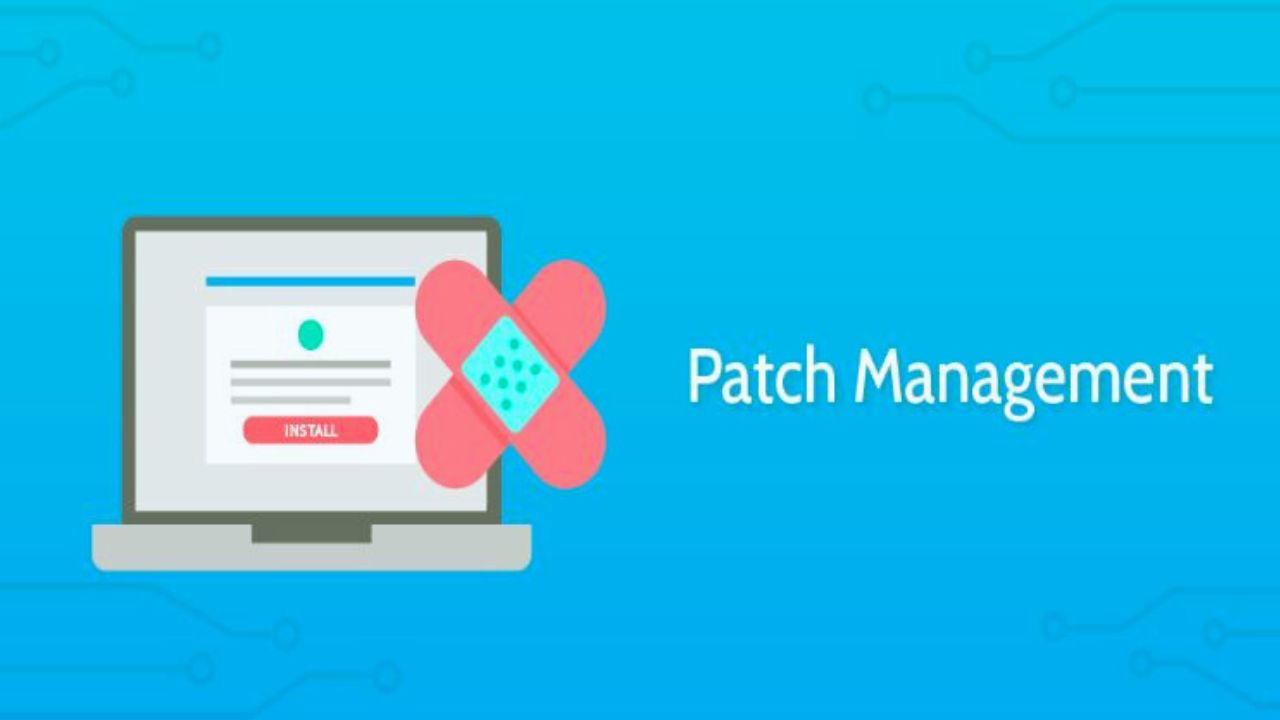The increasing complexity of technology infrastructure and the need for businesses to remain proactive in managing their systems have given rise to Remote Monitoring and Management (RMM) tools. These software solutions enable businesses to monitor, assess, and maintain their IT infrastructure remotely. At first glance, the cost of implementing RMM tools may seem like a significant investment. However, upon closer examination, it becomes clear that the benefits they offer often outweigh the expenses. In this article, we will delve into the cost-benefit analysis of RMM tools.
What are RMM Tools?
Before we analyze the costs and benefits of the best RMM tools, let’s understand their functionality. RMM tools provide companies with real-time visibility into their IT environment, allowing them to proactively detect issues before they become critical problems. These tools automate tasks such as patch management, software deployment, inventory management, monitoring system health, and performing backups and recovery – all without requiring physical presence or intervention.
Cost Analysis
1. Initial Investment:
Implementing RMM tools requires an upfront investment that includes proper software licenses and setup costs. Besides investing in the software itself, businesses must also spend time training their staff on how to effectively use these tools. While this initial investment can seem sizable at first for small businesses with limited budgets, it is essential to consider the long-term gains.
2. Maintenance Costs:
Maintaining an efficient IT environment requires continuous updates and periodic maintenance tasks such as installing patches or deploying new software versions across multiple devices. The automation capabilities provided by RMM tools significantly reduce these manual efforts while ensuring these activities are performed consistently across the infrastructure. As a result, businesses can delegate these tasks to the software and focus their attention and time on other critical aspects of operations.
3. Scalability:
As businesses grow or experience fluctuations in demand, updating their IT infrastructure can become a complex task. By utilizing RMM tools, companies can scale up or down with ease without having to invest in additional human resources. This flexibility avoids the need to hire and train new IT personnel, minimizing associated costs while ensuring seamless IT operations.
Benefit Analysis
1. Proactive Issue Detection:
RMM tools allow businesses to identify issues in real-time, enabling faster resolution and preventing potential downtime. Early detection allows teams to focus their efforts on critical tasks rather than firefighting emergencies later. By maintaining system health, organizations can create a more productive and stable working environment for their employees.
2. Enhanced Efficiency:
Automation is the key advantage offered by RMM tools. By automating routine tasks, companies can redirect their human resources towards more strategic activities that drive business growth. Tasks such as software updates, security patches, and backups no longer require manual intervention, reducing the risk of human error while increasing operational efficiency.
3. Improved Security:
Cybersecurity threats are a significant concern for businesses today. RMM tools not only monitor network performance but also ensure data security through features like secure remote access and endpoint protection mechanisms. These tools enable businesses to protect their systems against unauthorized access or suspicious activities effectively.
4. Cost Savings:
Although there is an initial investment required to implement RMM tools, the long-term cost savings can be substantial. By reducing downtime incidents and minimizing manual labor requirements, companies can save money on unplanned service or repair costs. The ability to efficiently manage IT assets results in higher ROI over time.
Conclusion
In today’s technology-driven world, remote monitoring and management (RMM) tools have become increasingly important for businesses seeking efficient IT infrastructure management while maximizing productivity and minimizing costs in the long run. However, it is crucial for companies to carefully analyze the costs involved against the anticipated benefits before investing in these solutions. By conducting a comprehensive cost-benefit analysis as highlighted above, organizations stand to gain greater control over their Managed IT Services processes while reaping numerous operational advantages from implementing RMM tools within their framework.









































